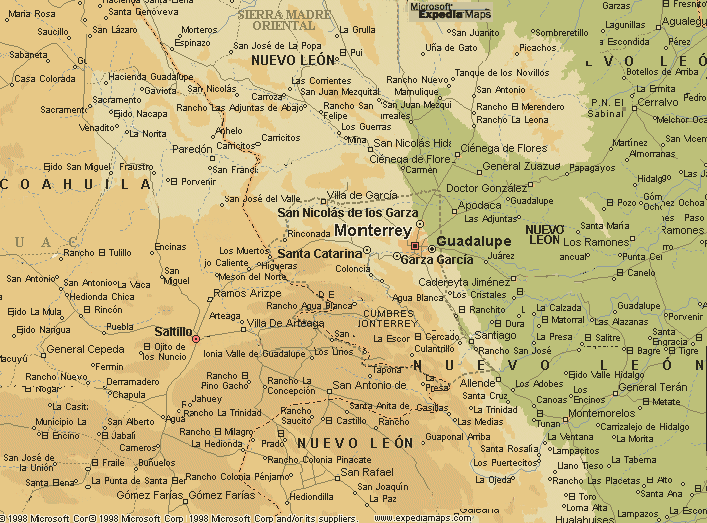Every day most people open their newspaper, turn on the afternoon or evening news, and even scroll through your social network sites. Inevitably you will come across a gory picture accompanied by a horrific tale of how someone fell asleep at the wheel.
According to the National Highway Traffic Safety Administration, the latest statistics from 2013 showed an estimated 168 million drivers in the United States drove drowsy. Of those 168 million drivers, 100,000 of them are involved in a car accident as a result of drowsy driving. Even sadder 1,550 people died in drowsy driving accidents and another 71,000 people were injured.
There is no concrete evidence to support how many of the drivers actually fell asleep at the wheel. Although, the National Highway Traffic Safety Administration estimates that approximately 103 million drivers did fall asleep, authorities believe the number is much higher.
Who is at Risk for Drowsy Driving?
Obviously, every drive in the United States is at risk of drowsy driving at one time or another in their lifetime. According to the AAA Foundation for Traffic Safety, drivers who regularly sleep between six and seven hours a night are twice as likely to drive drowsy and be involved in a car accident than drivers who sleep at least eight hours or more a night, drivers who only sleep five or less hours a night are five times more likely to be in a drowsy driving accident.
Men are at a slightly higher risk than women to drive drowsy. Adults between the ages of 18 and 29 are at the highest risk for drowsy driving than any other age group. Adults 18-29 who have children are at a higher risk of driving drowsy than adults who do not have children.
Check the Signs are You at Risk for Drowsy Driving?
Sleep-deprived six hours or less of sleep a night can triple your risk
Do you suffer from insomnia, get poor quality sleep, waking up a lot during the night
Driving throughout the night without any sleep or very little sleep
Driving when you would normally be sleeping
Drivers who work more than 60 hours a week
Taking pain medications or sedatives while driving
Driving by yourself in a rural area where you can easily become bored or distracted
Drowsy Driver Detection: Time to Pull Over for a Rest
If you start to experience any of these signs you should find the closest secure rest area or a hotel:
Yawning repeatedly
Rubbing your eyes
Heavy eyelids
Blinking more than usual
Trouble concentration
Daydreaming
Doing the head bob
Can’t remember the last few miles of your trip
Missing your exits or running stop signals/signs
Weaving in your lane
Feeling irritable and restless
The physical and Mental Affects of Drowsy Driving
Slower reaction time, poorer vision and judgment
Slowly information processing
Temporary loss of short term memory
Diminished performance, attentiveness and stimulus
Amplified moodiness and belligerent behaviors (road rage)
Drowsy Driving Prevention
Always get a good night’s sleep the recommended amount of sleep for adults is seven to nine hours and teen drivers should get 8 1/2-9 1/2 hours of sleep before driving.
If you are planning a road trip always take a companion along with you, they can help you recognize signs of drowsiness, and the two of you can take turns driving. The passenger needs to stay awake and alert too, talking to the driver will help keep him/her awake and alert.
Have a list of scheduled stops, so you can both get out and stretch your legs, get some fresh air, food, and caffeine.
If you need to pull into a secure rest area and take a 5 to 20 minute power nap. If you sleep any more than 20 minutes it will take you twice as long to wake up and be ready to get back on the road.
If you’re a coffee or soda drinker, have one or two 8 ounce cups and wait about 30 minutes (for it to enter the bloodstream) and you’ll be alert enough to continue your trip safely.
How Traffic School Can Help
Traffic school teaches you defensive driving and when you are drowsy you will need to be on your toes (defensive.) Traffic school can help make you more aware of your surroundings and what it taking place while you are driving. An additional bonus is some insurance companies will arrange for you to pay a lower insurance premium for taking traffic school classes, this is known as safe driver discount. Also many state’s traffic court may allow you to complete traffic school to dismiss a citation and prevent having points added to your driving record.











